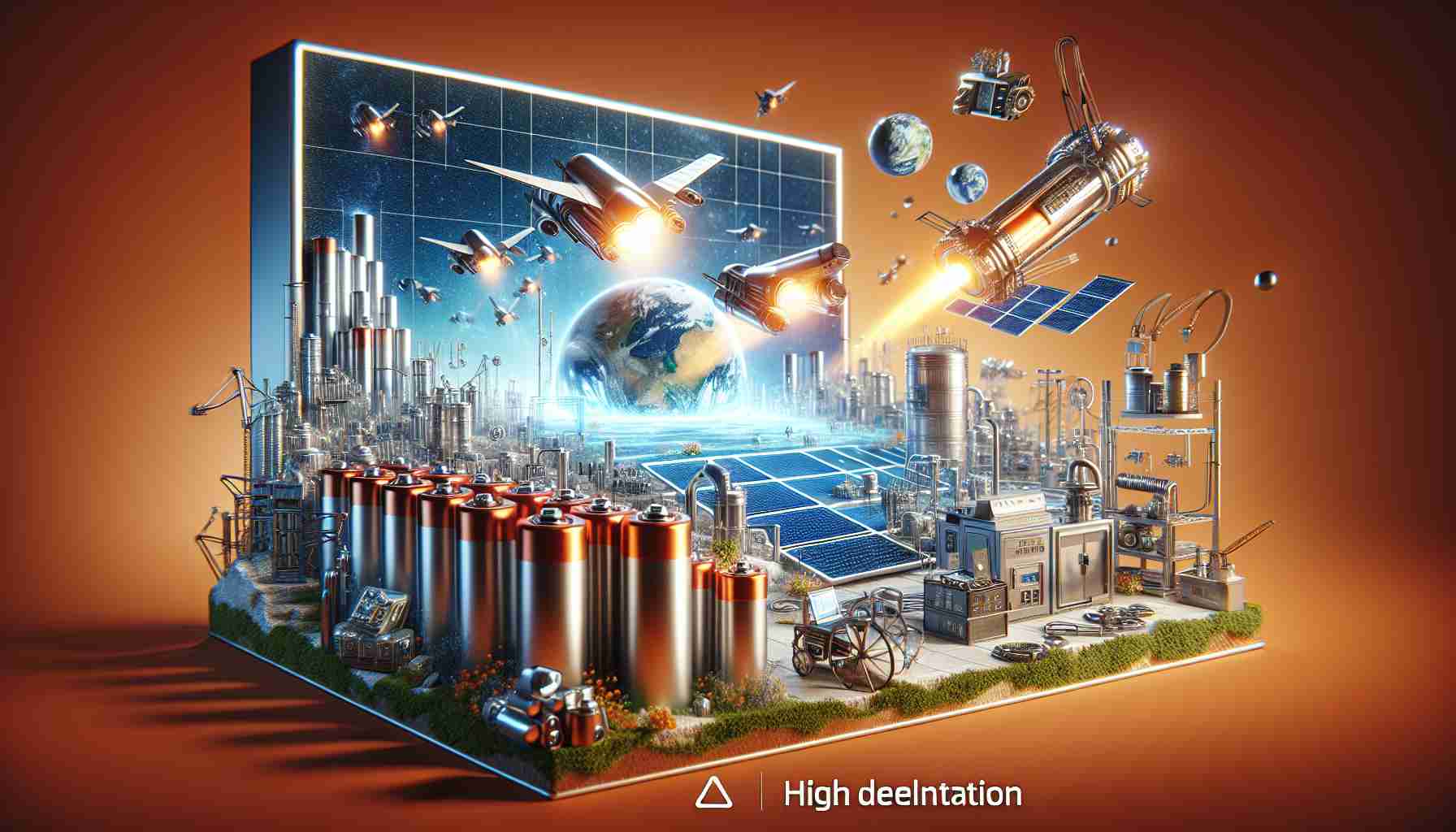The quest for innovative energy storage solutions has taken a significant leap forward with the emergence of solid-state lithium-air batteries (SS-LABs). Recently, a startup named Air Energy has launched with a commitment to expedite the development and scaling of this groundbreaking technology, aiming for market availability within five years.
Lithium-air batteries promise a transformative change in the landscape of energy storage due to their exceptional energy density, which surpasses that of current lithium-ion systems. In promising research conducted at Argonne National Laboratory, scientists showcased a test cell that maintained performance stability across over a thousand cycles of charging and discharging. This impressive technology is anticipated to reach an energy density of 1,200 Wh/kg, positioning it to rival the energy storage capabilities of gasoline, making it an incredibly attractive option for electric vehicle and grid storage applications.
The potential impact of lithium-air batteries extends beyond mere numbers; it represents a pivotal shift towards more efficient and sustainable energy solutions. As the world grapples with energy demands and climate challenges, the commercialization of such advanced batteries could redefine how we accumulate and utilize energy. The ongoing efforts of Air Energy, alongside academic research, promise to bring this once-theoretical technology closer to everyday reality. The global energy community is watching closely as this development unfolds, potentially ushering in a new era for energy storage.
FAQ Section
What are solid-state lithium-air batteries (SS-LABs)?
Solid-state lithium-air batteries are a type of battery that utilize lithium as the anode and oxygen from the air as the cathode, allowing for a much higher energy density compared to conventional lithium-ion batteries.
What is the main advantage of lithium-air batteries over traditional batteries?
The primary advantage of lithium-air batteries is their exceptional energy density, which can reach up to 1,200 Wh/kg, significantly surpassing that of current lithium-ion batteries. This energy density makes them especially promising for applications such as electric vehicles and grid storage.
How does Air Energy plan to contribute to the development of lithium-air batteries?
Air Energy is a startup that has recently launched with a focus on expediting the development and scaling of solid-state lithium-air battery technology, aiming for market availability within five years.
What research supports the feasibility of lithium-air technology?
Promising research conducted at Argonne National Laboratory demonstrated a test cell that maintained stable performance over more than a thousand cycles of charging and discharging, indicating the viability of this technology for real-world applications.
Why are lithium-air batteries considered a pivotal shift in energy solutions?
Lithium-air batteries represent a significant move towards more efficient and sustainable energy solutions, potentially addressing global energy demands and climate challenges by redefining how we store and utilize energy.
What is the potential impact of commercializing lithium-air batteries?
The commercialization of lithium-air batteries could transform the energy storage landscape, making energy storage more efficient and sustainable, and potentially leading to reduced reliance on fossil fuels.
What is the role of the global energy community in this development?
The global energy community is closely monitoring advancements in lithium-air battery technology, as successful commercialization could signal a new era for energy storage solutions.
Key Terms and Jargon Definitions
– **Energy Density**: A measure of how much energy a battery can store in a given volume or mass. Higher energy density means more energy can be stored in a smaller or lighter battery.
– **Charging and Discharging Cycles**: Refers to the repeated process of charging a battery (storing energy) and discharging it (utilizing energy). The number of cycles indicates the battery’s lifespan and durability.
Suggested Related Links
Air Energy
Argonne National Laboratory
U.S. Department of Energy
